Rising Security Concerns
The Night Vision Camera Market is significantly influenced by the rising security concerns across various sectors. With increasing incidents of crime and the need for enhanced surveillance, both residential and commercial entities are investing in night vision cameras to bolster their security measures. The demand for these cameras is particularly pronounced in urban areas, where crime rates tend to be higher. Market data suggests that the security segment accounts for a substantial share of the overall night vision camera market, with projections indicating a continued increase in adoption rates. This trend is further fueled by government initiatives aimed at improving public safety, which often include funding for advanced surveillance technologies. As a result, the Night Vision Camera Market is poised for growth as more consumers recognize the importance of effective security solutions.
Emerging Markets and Urbanization
The Night Vision Camera Market is also being propelled by emerging markets and the ongoing trend of urbanization. As cities expand and populations grow, the need for effective surveillance and security solutions becomes increasingly critical. Emerging economies are investing in infrastructure and public safety, leading to a heightened demand for night vision cameras. Market data suggests that regions experiencing rapid urban growth are likely to see a surge in the adoption of these technologies. Furthermore, as urban areas become more densely populated, the challenges associated with crime and safety are amplified, prompting governments and businesses to seek advanced surveillance solutions. This dynamic is expected to drive the Night Vision Camera Market forward, as stakeholders recognize the necessity of integrating night vision technology into their security frameworks.
Military and Defense Applications
The Night Vision Camera Market is significantly driven by the military and defense sectors, where these cameras are essential for operations in low-light environments. The demand for night vision technology in military applications is substantial, as it enhances situational awareness and operational effectiveness. Recent data indicates that military spending on advanced surveillance technologies, including night vision cameras, is on the rise, reflecting a strategic focus on modernizing defense capabilities. This trend is expected to continue, with governments investing heavily in advanced technologies to ensure national security. The Night Vision Camera Market benefits from these investments, as military contracts often lead to innovations that eventually trickle down to civilian applications, thereby expanding the market further.
Increased Adoption in Consumer Electronics
The Night Vision Camera Market is witnessing increased adoption in consumer electronics, particularly in the realm of personal security and outdoor activities. As consumers become more aware of the benefits of night vision technology, products such as action cameras and home security systems are incorporating these features. Market data indicates that the consumer segment is growing rapidly, with a notable increase in sales of night vision-enabled devices. This trend is driven by the rising popularity of outdoor activities such as camping and hiking, where night vision cameras provide a significant advantage. Additionally, the integration of night vision technology into smartphones and other portable devices is likely to further propel the Night Vision Camera Market, making these features more accessible to the average consumer.
Technological Advancements in Night Vision Cameras
The Night Vision Camera Market is experiencing rapid technological advancements that enhance the performance and capabilities of these devices. Innovations such as improved image sensors, enhanced infrared illumination, and advanced digital signal processing are driving the market forward. For instance, the integration of thermal imaging technology allows for clearer images in low-light conditions, which is increasingly sought after in various applications, including security and surveillance. According to recent data, the market for night vision cameras is projected to grow at a compound annual growth rate of approximately 8% over the next five years, indicating a robust demand for these advanced technologies. As manufacturers continue to invest in research and development, the Night Vision Camera Market is likely to see even more sophisticated products that cater to diverse consumer needs.

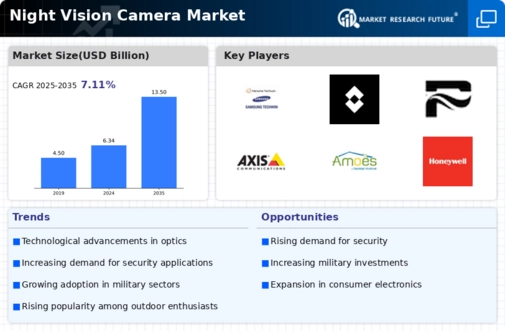
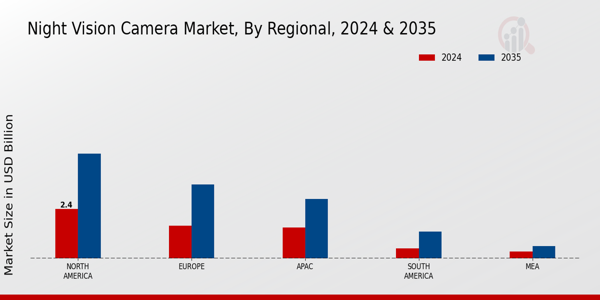
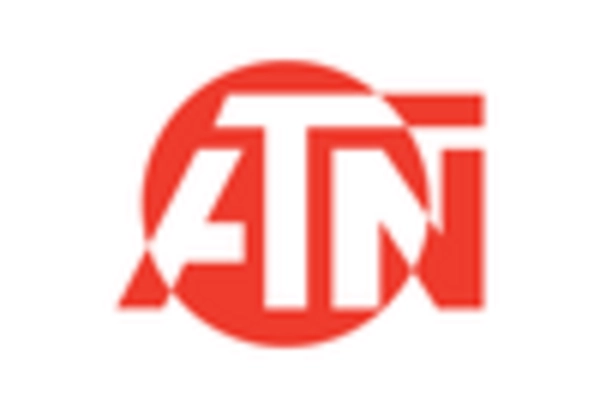

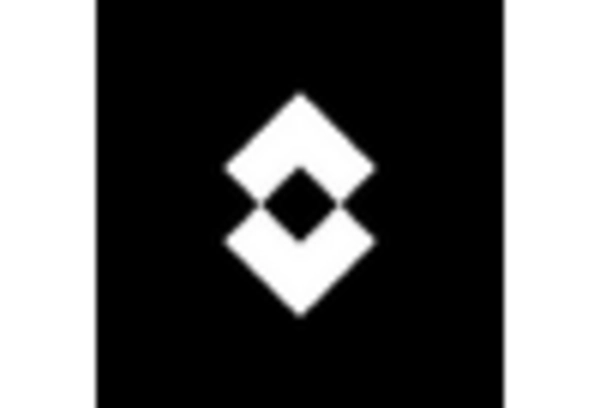

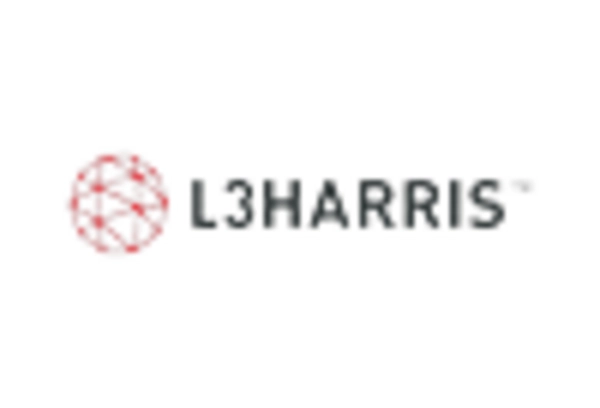









Leave a Comment